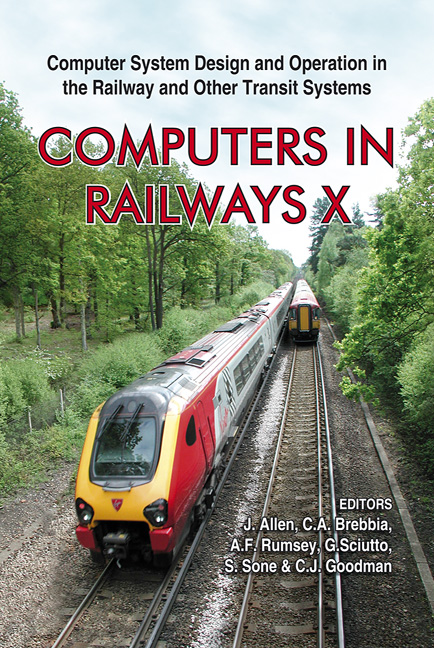Railway Modelling For Power Quality Analysis
Price
Free (open access)
Transaction
Volume
88
Pages
8
Published
2006
Size
377 kb
Paper DOI
10.2495/CR060781
Copyright
WIT Press
Author(s)
M. Chymera, A. C. Renfrew & M. Barnes
Abstract
Power quality is increasingly important in the consideration of railway systems. Poor power quality affects the performance of trains and introduces problems for local distribution networks. This paper looks at improving modelling techniques to assess the power quality of a railway system. Modelling techniques used to simulate electrified railways are adapted to simulate power quality aspects with improved computational efficiency. The model developed is used to assess the voltage regulation and harmonic distortion of a rail system, and harmonic distortion on the local distribution network. Keywords: power quality, harmonics, electric traction, modelling. 1 Introduction Power quality has become an increasing concern in railway systems. Poor power quality affects the performance, reliability of the railway system as well as having an effect on equipment attached to the local distribution network. The analysis of power quality on a rail system is essential, to enable the analysis of train performance and to assess the effects of a rail system on the adjacent distribution network. Railway systems are electrically complex. The loads, trains, are constantly moving and their electrical behaviour is constantly changing. Modelling is an ideal tool to analyse the power quality of such a complex system. An ideal model would be accurate yet computationally efficient. 2 Power quality Power qQuality has to be considered from two perspectives, the railway system and the local distribution network to which it is attached. Poor power quality on
Keywords
power quality, harmonics, electric traction, modelling.





